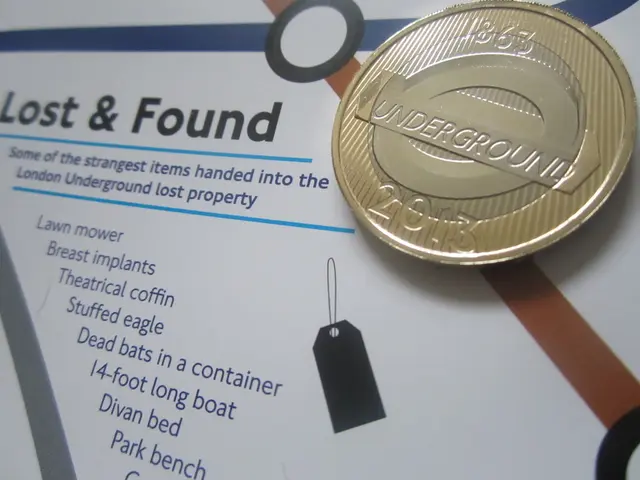Altris' Sodium-Ion Battery Hits 150 Wh/kg, A Major Milestone for Grid Storage
Altris, a Swedish battery technology company, has achieved a significant milestone in sodium-ion battery development. Its latest commercial-sized cell has reached an energy density of 150 Wh/kg, making it a viable option for grid energy storage and other applications.
The company's success is largely due to its advancements in cathode technology. High-capacity cathodes are vital for boosting energy density in sodium-ion batteries. Altris has made significant strides in this area, particularly with its work on Prussian White cathodes.
Björn Mårlid, the CEO of Altris, has expressed confidence in the company's leading role in Prussian White cathode development. He aims to surpass the current energy density record and reach 160 Wh/kg and beyond in the near future. This material is not only sustainable but also free from toxic elements and conflict minerals like nickel and cobalt, making it an environmentally friendly choice.
Sodium-ion batteries are emerging as a competitive alternative to lithium-ion batteries. They offer advantages such as longer life, more flexible working temperatures, and enhanced safety. This makes them particularly suitable for grid energy storage and commercial transport applications.
Altris has demonstrated the commercial viability of its sodium-ion battery technology with an energy density of 150 Wh/kg. Its continued development of high-capacity cathodes, led by CEO Björn Mårlid, promises even greater advancements in the near future. This breakthrough could significantly impact the energy storage market, offering a sustainable and safe alternative to existing technologies.
Read also:
- Meta's AI Chatbot Boosts Content, Apple's Siri Under French Data Probe
- Europe's Energy Infrastructure Under Siege: Cyberattacks Surge 67% in 2025
- YouTube has disbursed over $100 billion to content creators on its platform since the year 2021.
- Investment of $20 million in strategy by the Aqua 1 Foundation of the UAE in Above Food







